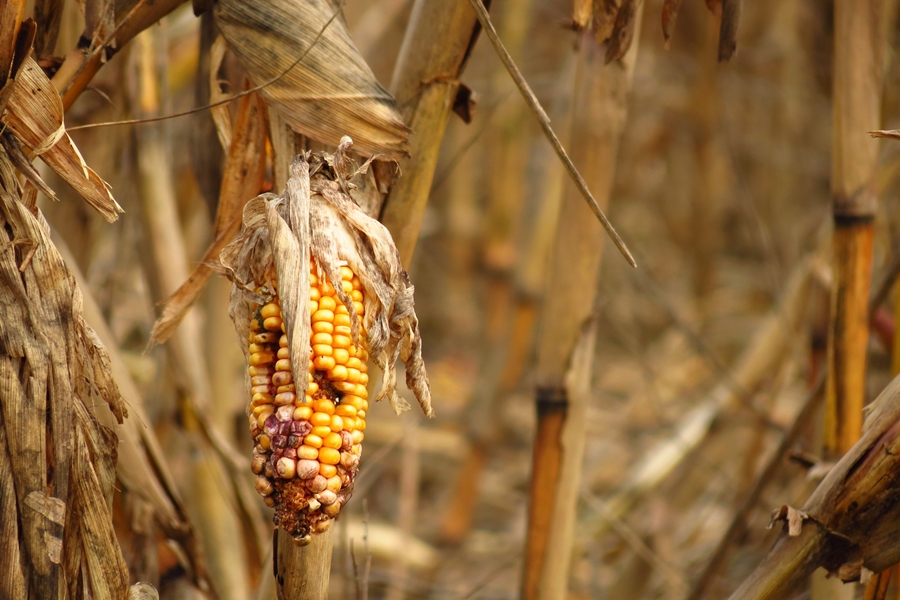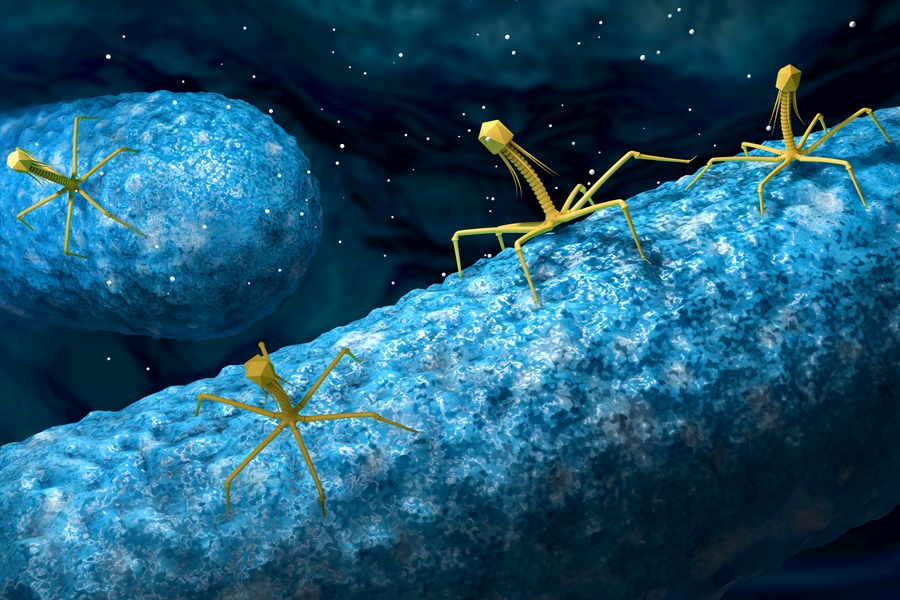Give Your Customers The Novel Foods They Want – Safely
By Margaret Spence Krewen
With the globalization of the food supply and consumer demand for more global food sources, there has been a growing consumer demand for “novel foods” from around the world. For operators in the food retail and foodservice sectors, this carries an extra food safety risk.
The Canadian Food and Drug Regulations defines novel foods as “a substance, including a microorganism that does not have a history of safe use as a food (and) a food that has been manufactured, prepared, preserved or packaged by a process that has either not been previously applied to that food, or causes the food to undergo a major change.”
In Canada, the Canadian government oversees food processing and manufacturing procedures, but not the food retail and foodservice sectors. These operators are inspected by Public Health Inspectors (or Environmental Health Officers) who conduct inspections based on their jurisdiction’s food regulation. The issue is that provincial food regulations do not have requirements for the safe food handling and preparation of novel foods. Therefore it is up to operators to create a HACCP plan which ensures food safety. Here are some examples of steps you can take to protect consumer safety when dealing with “novel foods”:
The issue is that provincial food regulations do not have requirements for the safe food handling and preparation of novel foods.
Sous-Vide
Foods prepared by this method are processed and vacuum-packed in individual pouches and then chilled. These foods are typically cooked for long periods and often at very low temperatures. Potentially hazardous foods that are cooked using this method can be dangerous because of this “low temperature/long time” process which keeps the product in the temperature Danger Zone for too long.
Also, because of the risk of botulism and other foodborne illness risks, sous-vide must only be prepared by a skilled chef who possesses the scientific knowledge to safely prepare this novel food.
Sushi/Sashimi
These Japanese dishes are made with cooked rice, vegetables and raw seafood. Since there is often no cook step in the preparation, there is a risk of parasites. Again the “time-temperature principle” comes into effect. Raw fish must be properly frozen at the right temperature and for the right time to ensure parasitic destruction.
Since sushi rice is not held at 4°C/40°F (Canadian Standard) or colder, it can also harbor pathogenic bacteria such as Bacillus Cereus. Other risks with sushi/sashimi are poor hygiene and handling, and cross-contamination. Proper acidification of the cooked rice is a critical step to ensure that this ingredient can be safely held at room temperature during sushi making.
According to The British Columbia Centre for Disease Control (BCCDC), sushi rice should achieve a pH of less than 4.2 to control hazards and allow for room temperature storage. Sushi rice must be prepared fresh daily and discarded at the end of the day. Establishments serving sushi/sashimi should always consult with the public health office in their jurisdiction to ensure they are in compliance with the law.
Charcuterie
Charcuterie is an old-world preparation method of curing raw meats (typically pork) using salt. A relatively new culinary trend is for chefs to prepare charcuterie “in-house,” however, without the proper training, a chef may not realize he or she is putting out an unsafe product. Pathogens such as Listeria, Salmonella, E. Coli and Clostridium botulinum can grow in these meats since they can resist the salting and/or drying processes.
Chefs must know how to monitor important pH and water activity processing steps and use approved laboratories to test for contamination or the presence of pathogens.
Bottom line: In-house production of novel foods should only be carried out by skilled, properly trained chefs who follow a science-based HACCP plan. Food must not only taste good, it must be prepared and held in a safe manner. It’s not only the right thing to do; it’s the legal thing to do.
About the Author
Margaret Krewen is a Master Trainer for food safety training course materials at TrainCan. She specializes in Food Safety, Train the Trainer, Food Allergen training and Emergency Readiness.

-
 FeaturedRisk management
The Cost of a Breach: What a Cyberattack Could Mean for Food Safety Recalls
FeaturedRisk management
The Cost of a Breach: What a Cyberattack Could Mean for Food Safety Recalls
-
 FeaturedRisk management
Securing the Food Chain: How ISO/IEC 27001 Strengthens Cybersecurity
FeaturedRisk management
Securing the Food Chain: How ISO/IEC 27001 Strengthens Cybersecurity
-
 FeaturedRisk management
Revolutionizing Food Safety Training: Breaking Out of the “Check-the-Box” Mentality
FeaturedRisk management
Revolutionizing Food Safety Training: Breaking Out of the “Check-the-Box” Mentality
-
 GFSI Standards
GFSI 2025: Building Trust, Tech-Forward Solutions, and Global Unity in Food Safety
GFSI Standards
GFSI 2025: Building Trust, Tech-Forward Solutions, and Global Unity in Food Safety
-
 FeaturedFood Safety
Integrated Pest Management: Strategies to Protect Your Brand’s Reputation
FeaturedFood Safety
Integrated Pest Management: Strategies to Protect Your Brand’s Reputation
-
 FeaturedFood Safety Culture & Training
No Open Door Policy: Challenges That Impact Pest Control in Food Processing Plants
FeaturedFood Safety Culture & Training
No Open Door Policy: Challenges That Impact Pest Control in Food Processing Plants




